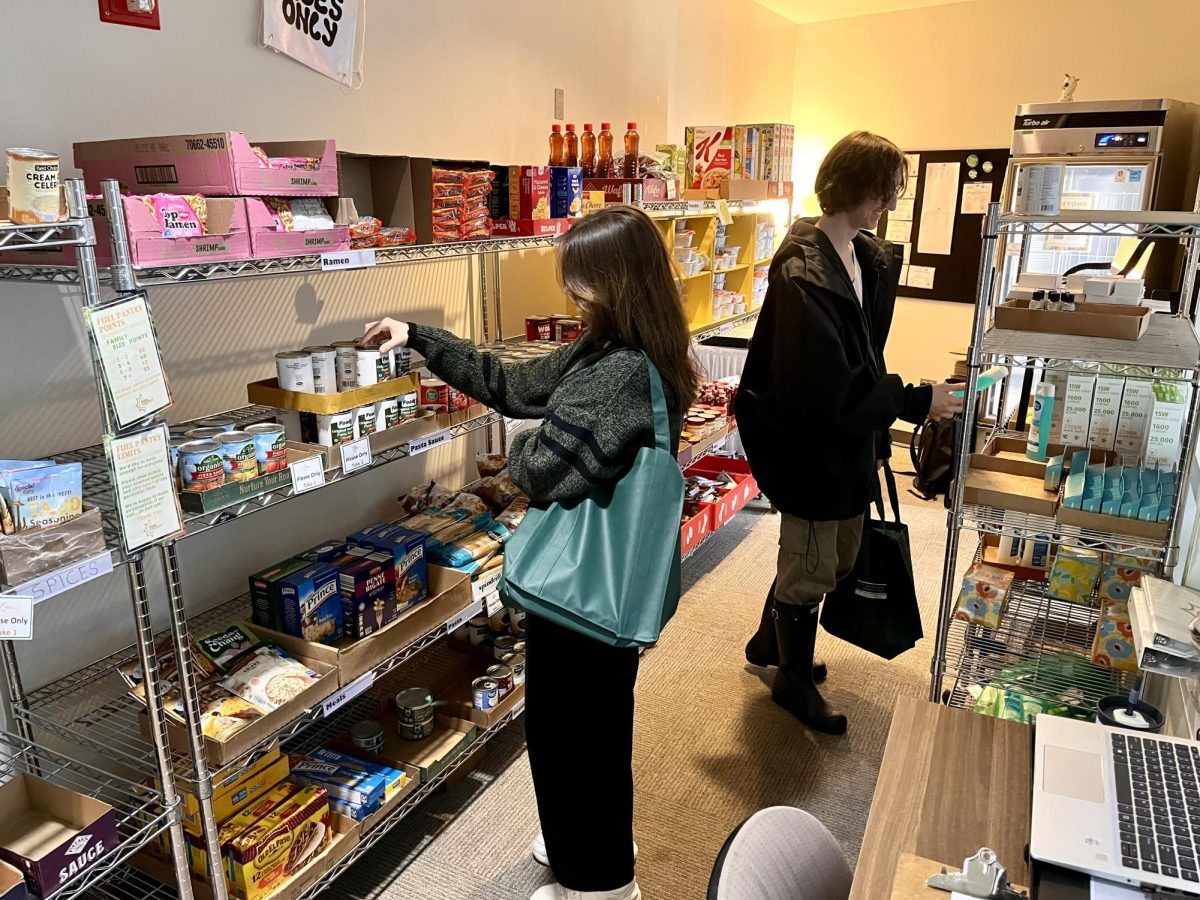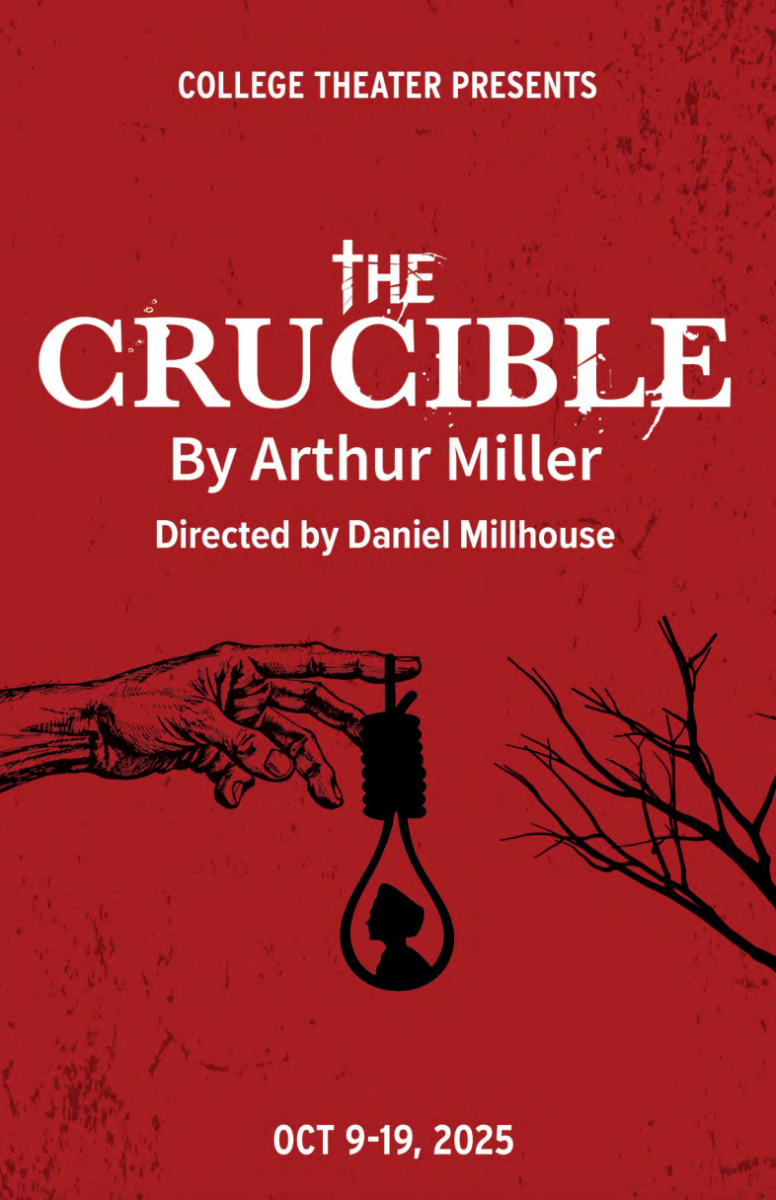You put what in where?
Why I started using a cup to maintain my period.
September 7, 2016
Once a month I wake up startled in the middle of the night. My sweaty hair is matted to my forehead and there is a sharp pain in my side. “It’s happening,” I whisper to myself, as I gingerly pick myself up out of bed and tiptoe to the bathroom so as not to wake anyone. I turn on the lights, and it’s a crime scene. In a sudden state of awakeness I realize: I’ve gotten my period.
I have been living this hell since I was 13. My period would come and go, surprising me and scaring me half to death every time, and I’ve never quite gotten use to it. I happen to be one of those people who experience this special time at such an extreme level, and it dictated how I could live my life.
I started my journey with the standard beginner-level feminine product: the sanitary pad. This giant diaper-like underwear attachment left me with a camel toe the size of an actual camel’s toe, and no coverage. Sure it covers the blood’s main pathway, but has little to no coverage in what my friends and I dubbed “the splash zone.” This is the area right in front of or behind the pad, where the blood would creep and leave behind bizarre, Jackson Pollock-esque stains.
While the idea of sticking a tampon where the sun don’t shine freaked me out at the time, I refused to walk around with stains on my pants. I would often stick three to four pads in my underwear, essentially covering every surface so I wouldn’t have to worry. This was effective, but I’m pretty sure I was the only eighth grader at my school who was concerned about diaper rash.
Coming into high school was hard, because all of my friends started using tampons. I could no longer send an SOS text asking to borrow a pad. It was a truly scary time, one where there were no backup plans. If I was out of pads, I was out of luck.
Still, I managed to get to the summer before my senior year, when I went to my first pool party that fell on one of the days of my period. I called my best friend at the time to come over a few hours early, and we went to the drugstore to buy tampons.
Probably due to the lack of sex education I had received in school over the years, I had no idea what to purchase. Sure, “light” and “regular” tampons made sense, but what in the world was “super?” The only reference I had was that one quote in “Mean Girls” about having a “wide set vagina,” and I was pretty sure I didn’t have one of those.
We returned to my house, and she talked me through inserting a tampon through my bathroom door. I laughed. I cried; all in all it was a life-changing experience. We got dressed and went to the party. I felt so grown up, like I had a little secret.
That is, until I jumped into the pool. Funny thing about tampons: they soak up liquid, and they do it fast. Very quickly it ballooned out and, unbeknownst to me, shot out of my swimsuit.
Needless to say I was mortified. I went home that night crying, and determined to figure out how to use tampons properly.
As the years passed, I grew quite comfortable with tampons. I thought I was a period master. That is, until I stumbled upon a Youtube video about menstrual cups.
What are menstrual cups? They’re flexible silicone cups you use to contain your blood flow during your period. Unlike mainstream feminine products, they don’t absorb the blood; they catch it, leaving less likelihood for leaks or potential health issues.
Toxic Shock Syndrome (TSS) is a huge concern for tampon users. TSS is a life-threatening complication of certain types of bacterial infections. According to the leading tampon brand Playtex, “There is risk of TSS to all women using tampons during their menstrual period.”
There is no risk of TSS for cup users. This is because it starts when the tampon absorbs fluids that aren’t meant to be absorbed. There are lots of good bacteria that should stay in the vagina to keep it healthy and void of bad bacteria, but a tampon just absorbs them, leaving an opportunity for bad bacteria to enter.
The way you position a menstrual cup leaves it sitting right below your cervix. Because of this, it’s also healthy and safe to have sexual intercorse while wearing a cup, if you so chose. Just be sure you use protection because it will not keep you safe from STDs or an unwanted pregnancy.
Menstrual cup wearers are able to relax on their period. There are no chance of leaks, because the cup is designed to create a suction. It also has a ton of space to hold the blood. I, personally, have never come close to filling one, and I only change mine twice a day.
The most amazing thing about menstrual cups, and reusable feminine products in general, is the cost. I purchased my Eva Cup for $18.99, but there are numerous other companies that sell menstrual cups ranging from $15.99 – $59.00. While this might seem like a lot of money to shell out over one small product, I can tell you the savings overall make it more than worth it, as a cup can last up to 10 years. A box of tampons generally costs $10 a box, which means that over the course of 10 years, that’s $1,200 spent on disposable products.
While an insertable feminine product might not be up your alley, there are always reusable options that are safer, healthier, and more comfortable to use. Many of the reusable products you see today were made by people who know what it’s like to have a brutal week once a month, and they just want to make it easier for the rest of us.
So next time your Aunt Flow rolls around, try a reusable menstrual cup! Your body will thank you.



















